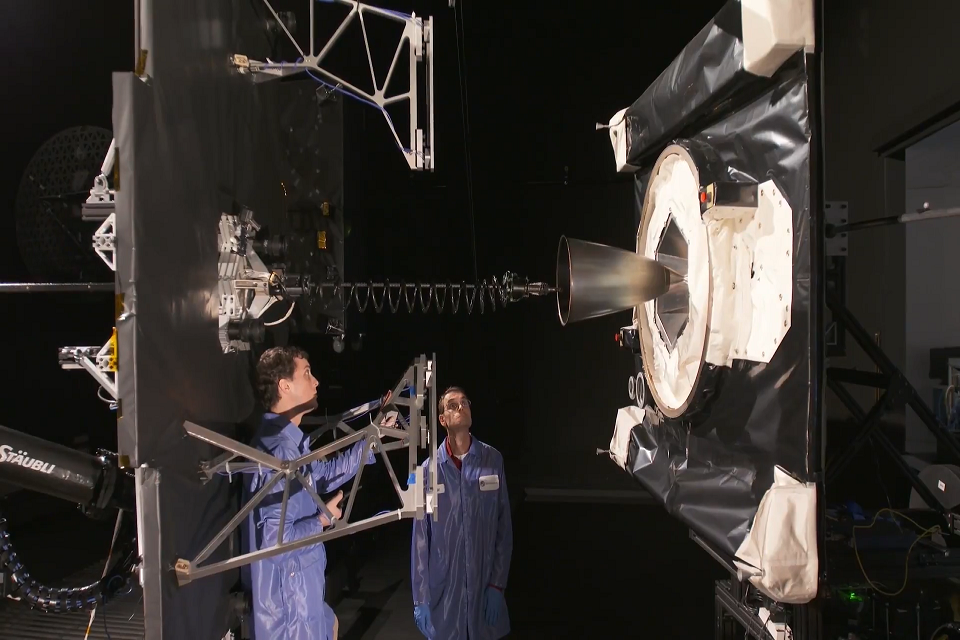
A unique satellite docking observation experiment by Dstl and Five-Eyes representatives may result in improved Space Situational Awareness…
Improvements in Space Situational Awareness may result from a unique collaborative experiment being conducted by The Defence Science and Technology Laboratory and representatives from the Five-Eyes nations (UK, US, Canada, Australia and New Zealand). Two satellites are due to rendezvous for the experiment in near-Geostationary Orbit this month.
Known as Phantom Echoes, the experiment aims to demonstrate how allied Space Situational Awareness (SSA) sensors and processing capabilities can be integrated to enhance the performance over individual systems working independently to improve Space safety for UK and allied satellites in and near Geostationary Orbit.
A combination of simulation and real-world events will be used to understand the strengths and constraints of each system that will advise the development of operational SSA architectures within the Coalition Space Operations initiative.
A cooperative observation campaign will be conducted using allied ground-based telescopes and Space-based sensors to observe the Northrop Grumman Mission Extension Vehicle that was launched into Geostationary Transfer Orbit (at 36,000km altitude above Earth’s surface) on 09 October 2019 from Kazakhstan.
The first of its kind, Mission Extension Vehicle will dock with a commercial communications satellite approximately 300km above Geostationary Orbit and provide manoeuvre capability that extends the lifetime of the host. The Phantom Echoes team will use this event to understand the challenges posed in observing this unique mission as the two satellite manoeuvre towards each other and perform docking operations.
Picture Credit: Northrop Grumman © Crown copyright

